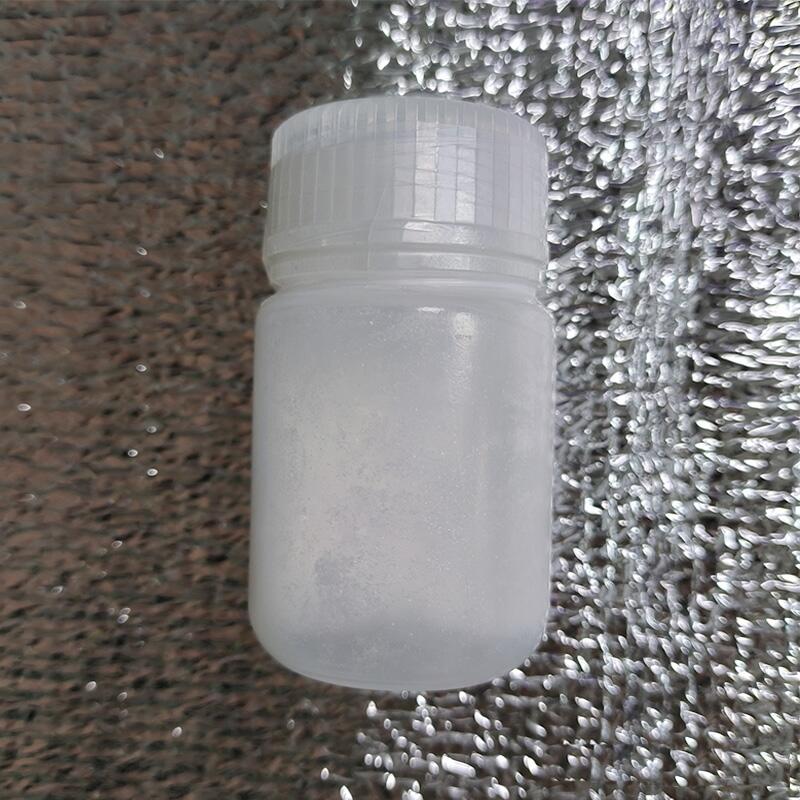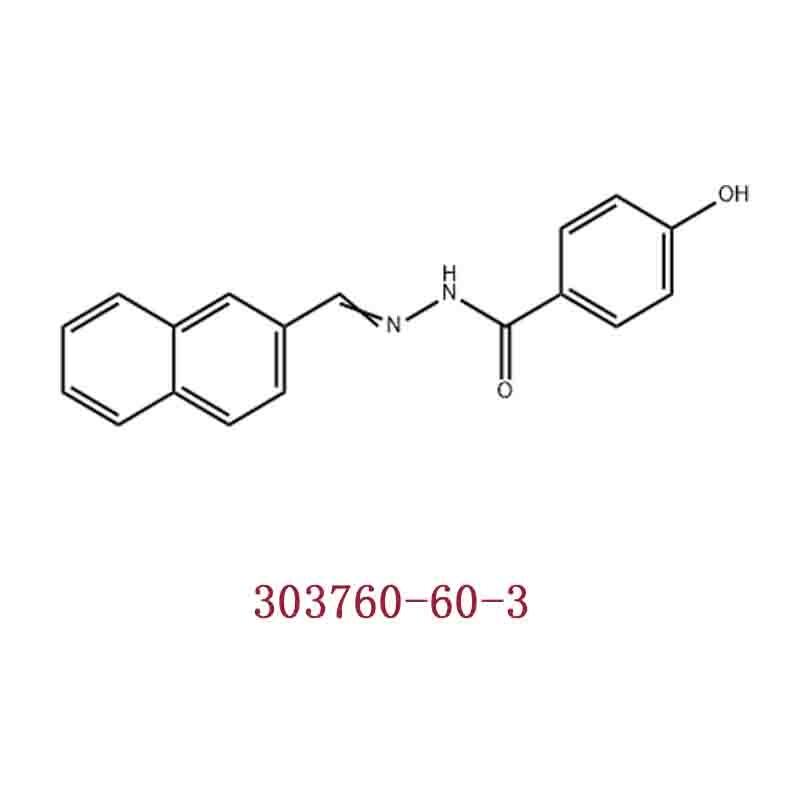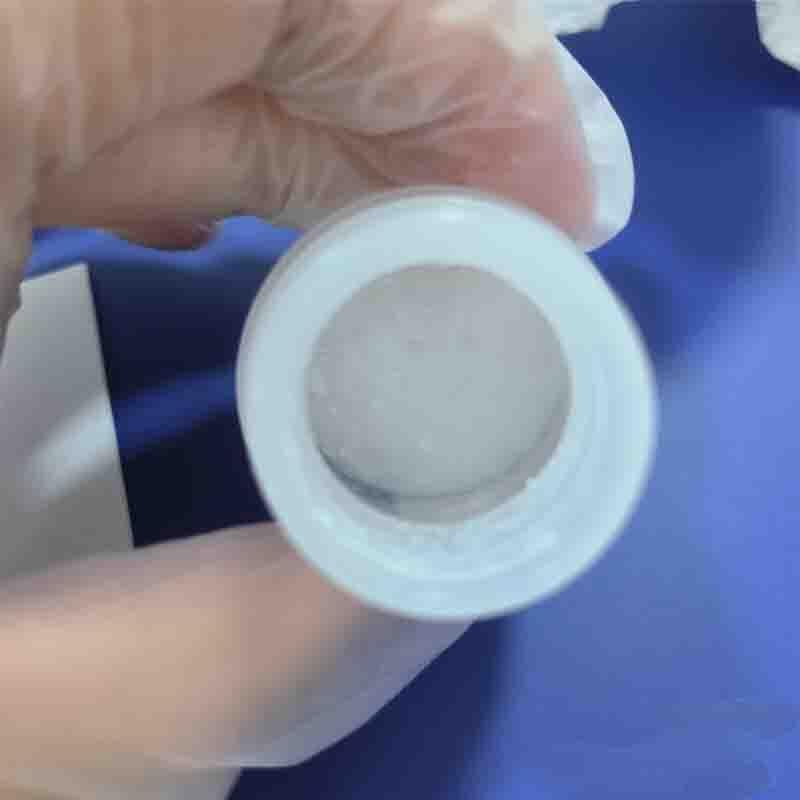-
Categories
-
Pharmaceutical Intermediates
-
Active Pharmaceutical Ingredients
-
Food Additives
- Industrial Coatings
- Agrochemicals
- Dyes and Pigments
- Surfactant
- Flavors and Fragrances
- Chemical Reagents
- Catalyst and Auxiliary
- Natural Products
- Inorganic Chemistry
-
Organic Chemistry
-
Biochemical Engineering
- Analytical Chemistry
-
Cosmetic Ingredient
- Water Treatment Chemical
-
Pharmaceutical Intermediates
Promotion
ECHEMI Mall
Wholesale
Weekly Price
Exhibition
News
-
Trade Service
Swertiamarin is a commonly used chemical in the pharmaceutical and chemical industries, known for its potent antifungal properties.
However, the safety of using swertiamarin has been a topic of concern for many years, with some studies suggesting that it can have harmful effects on both human health and the environment.
One of the main health concerns associated with swertiamarin is its potential to cause cancer.
Studies have shown that swertiamarin can cause genetic mutations in cells, which can lead to the development of cancerous tumors.
Additionally, swertiamarin has been shown to cause oxidative stress and DNA damage in rats, which are both known to contribute to the development of cancer.
In addition to its potential to cause cancer, swertiamarin has also been linked to other negative health effects.
For example, it has been shown to cause liver damage in rats, and may have the potential to cause similar damage in humans.
Additionally, some studies have suggested that swertiamarin may have negative effects on the reproductive system, including decreased fertility and birth defects.
Despite these concerns, swertiamarin is still widely used in the pharmaceutical and chemical industries.
However, it is important for workers in these industries to take proper precautions to minimize their exposure to the chemical.
This includes wearing protective clothing, using ventilation systems to minimize inhalation of the chemical, and following proper handling and storage procedures.
In addition to its potential health effects, swertiamarin also has the potential to cause environmental harm.
Studies have shown that the chemical can be easily absorbed by soil and water, and can accumulate in plants and animals.
This raises concerns about the impact of swertiamarin on the ecosystem, particularly in areas with high levels of usage.
In conclusion, while swertiamarin has proven to be an effective antifungal agent, its potential to cause cancer and other negative health effects make it important to take proper precautions when handling the chemical.
It is crucial for workers in the pharmaceutical and chemical industries to follow proper safety procedures to minimize their exposure to the chemical, and for regulatory agencies to continue monitoring its safety and potential environmental impact.







